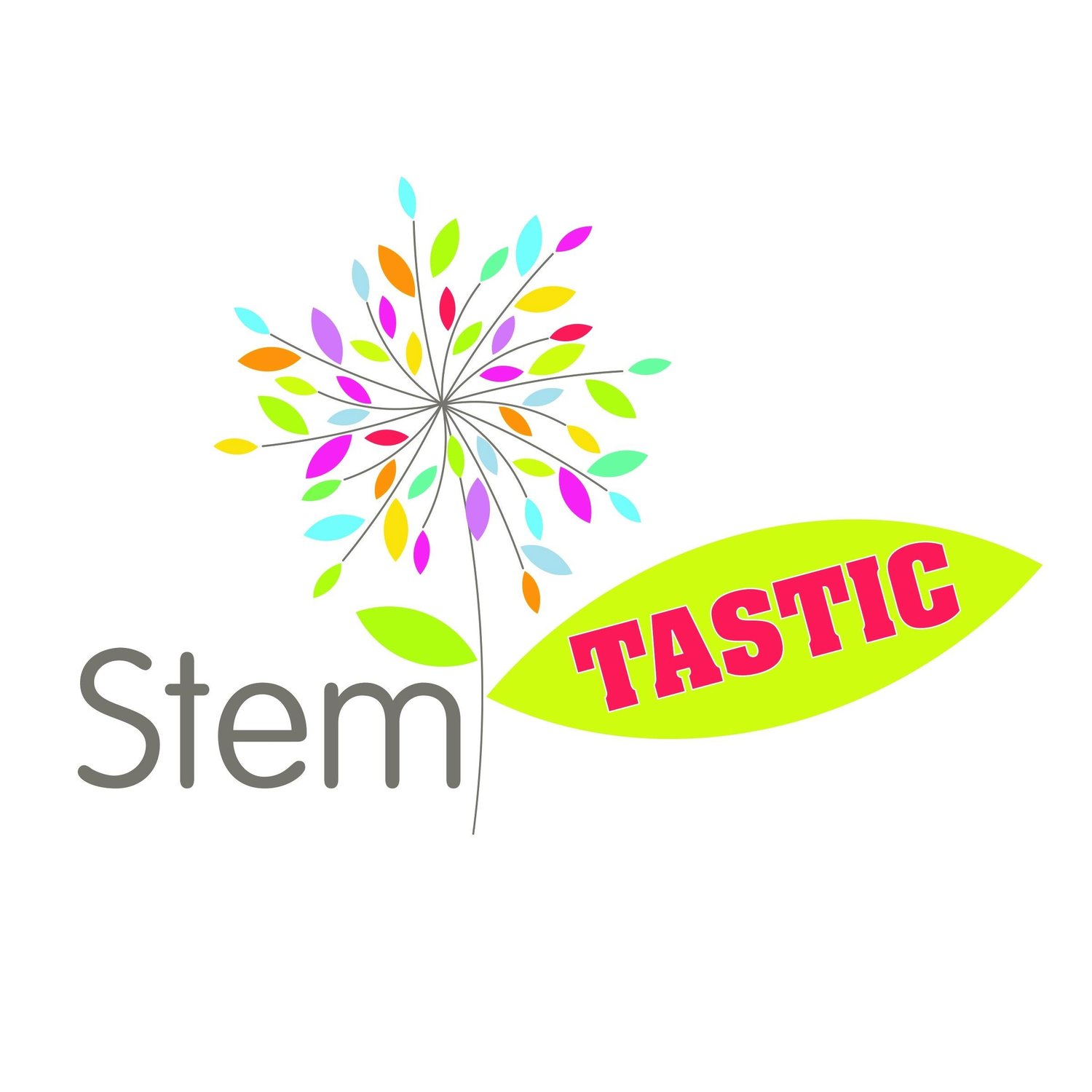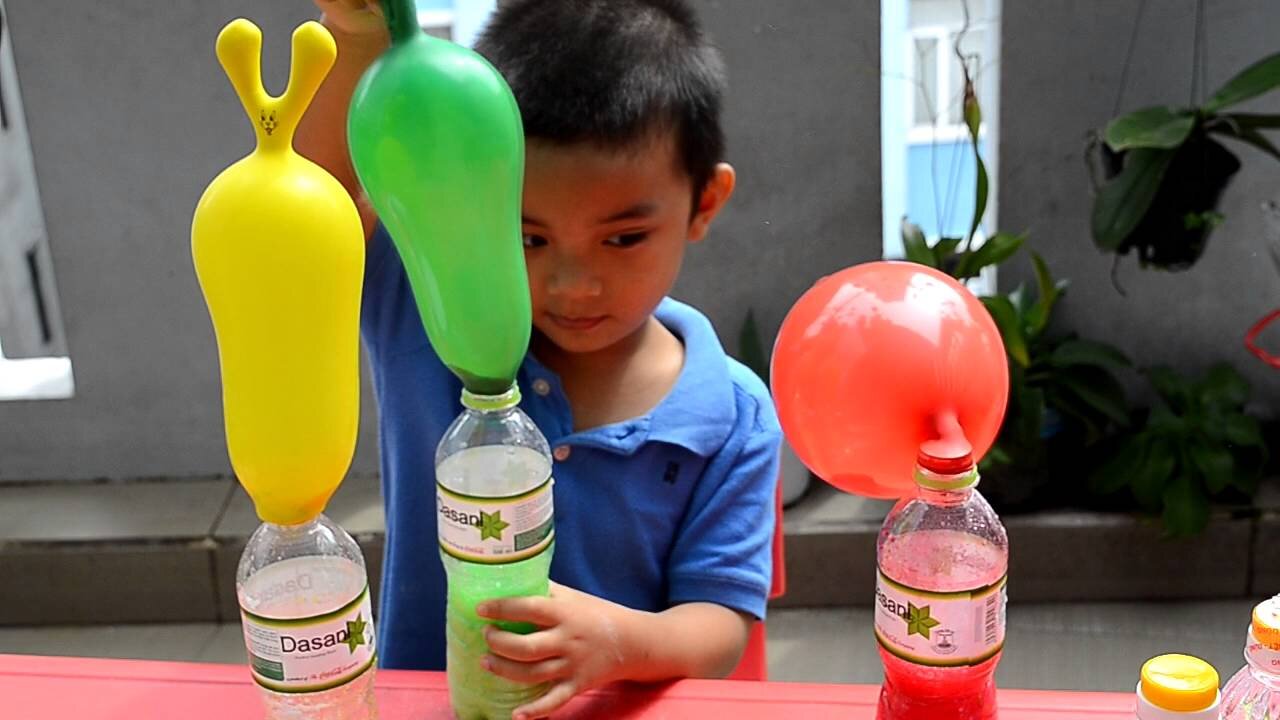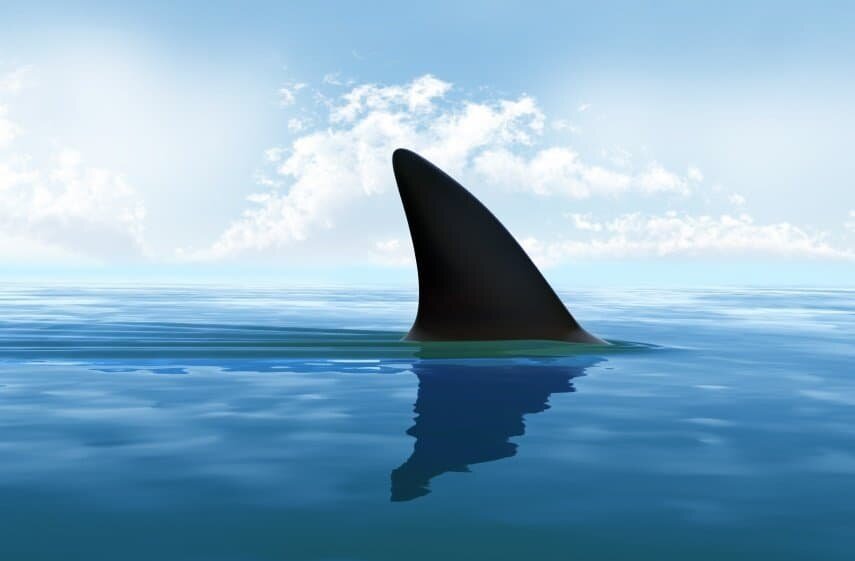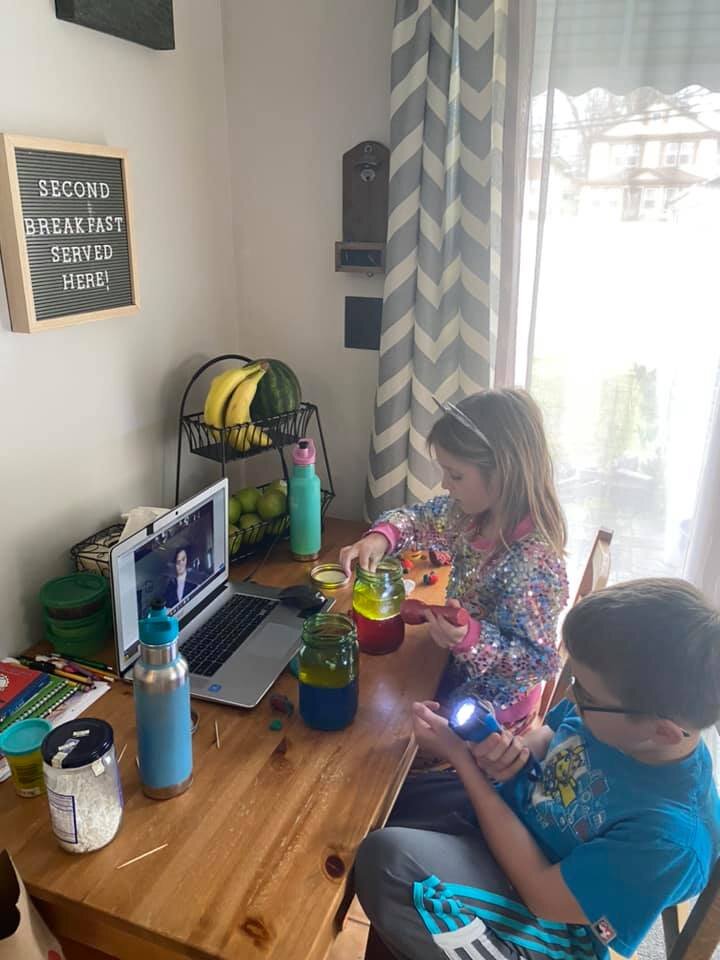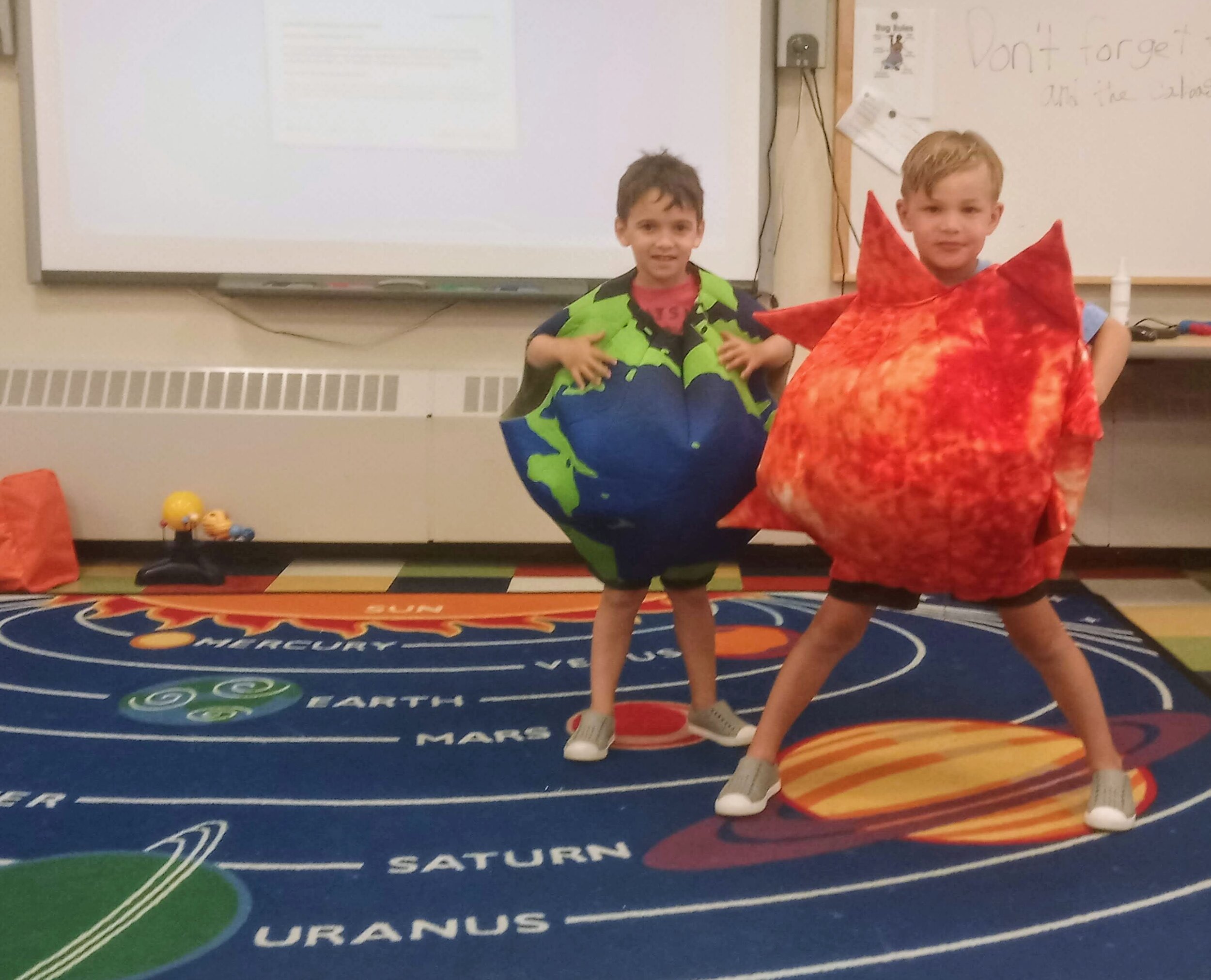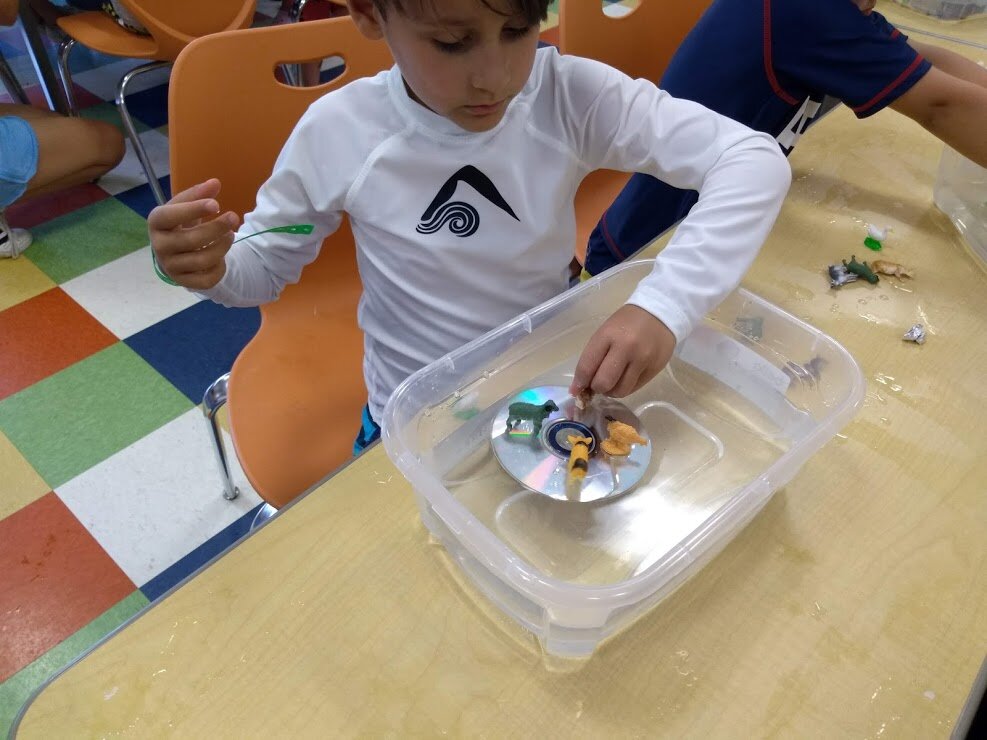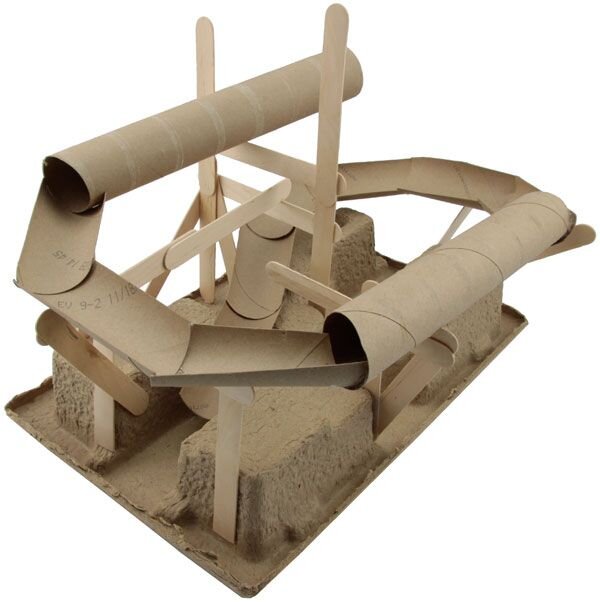Stemtastic is a part of the Nassau Boces and Eastern Suffolk Boces Artist in Education Programs.
Pricing:
In person programs are $200./class up to 30 students
Virtual: $150/class
On Demand pre-recorded lessons are $100.
Each of the Following Programs are offered Virtually,
In-Person and On-Demand
“Denise is passionate and knowledgeable about her subjects and exudes enthusiasm while maintaining a constant respect for her attendees. She addresses the children by name and seems to delight in hearing their ideas pertaining to the subject. She skillfully maintains control of her audience and keeps them interested and captive. She is kind and friendly, which puts her audience at ease allowing the participants to feel comfortable enough to volunteer their thoughts. Her programs are thorough, well planned, and interactive. The hands-on activities are fun, creative, and educational
— Denise Liggio, Children’s Librarian, Jericho Library”
WHo Sank The boat-Grades N-3rd
This class supports the NGSS for Kindergarten and 3rd Grade, Forces and Interactions. Nursery-2nd graders will re-enact the story, "Who Sank the Boat?" by Pamela Allen, by attempting to balance a pig, cow, donkey and lamb aboard a floating object. Third graders and up will experience the forces at work that allow boats to float as they engineer their own boats.
Earth, Moon and Sun-Grades N-2
Meets NGSS ESS1 Space Systems: Patterns and Cycles for Grade 1
Students will have the opportunity to dress as the earth and sun with costumes as they move their bodies to show how the earth rotates and revolves. Students will also hold a realistic model of the moon, noting the unusual patterns of and ridges. We'll examine a model rocket, design our own rockets and launch them into space.
Marble Ramps and Roller Coasters-Grades 3rd-6th
Students will demonstrate an understanding of kinetic and potential energy, slope and it's affect on velocity and acceleration, as they work as a team to build their own marble coaster using up-cycled materials. Students will watch a demonstration showing examples of a coaster they can build, then improve upon the design using trial and error and team work.
Mythical Creatures-grades N-6th
In this class, we'll look at the myths surrounding unicorns and dragons and the potential scientific explanations behind them. We'll build a unicorn horn and demonstrate how it can be used to clean dirty water. We'll learn about rainbows and how unicorns may be able to create them. Next we'll look at dragons and build a flying machine based on the shape of a dragon's back.
Finally, we'll discuss the fire breathing properties of dragons and participants will observe a smoky demonstration without using matches or friction.
Ocean Creatures and Flying Features-Grades 3rd-6th
This program meets the NGSS PS2, Forces and Interactions as well as ETS1, defining and delimitating engineering problems.
In this class we will compare the way objects move in the water with their movement through the air. We'll learn how the shark's dorsal fin enables it to stay afloat as we build a flying machine designed to stay aloft. We'll build a hoop glider following the design of the shark's dorsal fin. We will then set out to improve the design through trial and error.
Taking Flight! Grades N-2nd
We'll use the story, Clorinda Takes Flight, as our springboard as we explore flying machines. We'll re-enact the process Clorinda goes through to find the perfect flying machine as we try to fly a roto-copter, hoop glider, foam plane and hot air balloon.
DIY Chemistry Lab-grades 3rd-6th
In this class we'll use the power of chemistry to blow up a balloon, observe a color changing liquid and determine which common grocery items are acidic and which are more alkaline. Students will create their own ph scale as they work together in teams testing a variety of materials.
Virtual Ziplining Grades 3rd-6th
Students will design and build their own zipline strong enough to carry a small figurine. They will need to experiment with the angle so that they might find the ideal spead for the figure to travel; as fast as possible without falling from their paper cup gondola. Additionally students will need to design a way for their passenger to reach the zipline. They may do this by creating a chair lift to the line.
